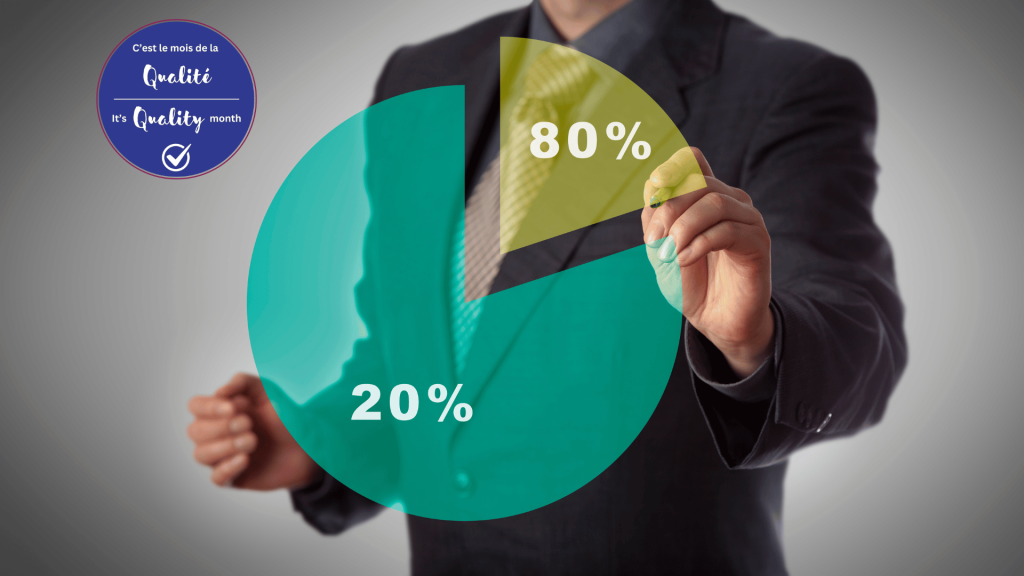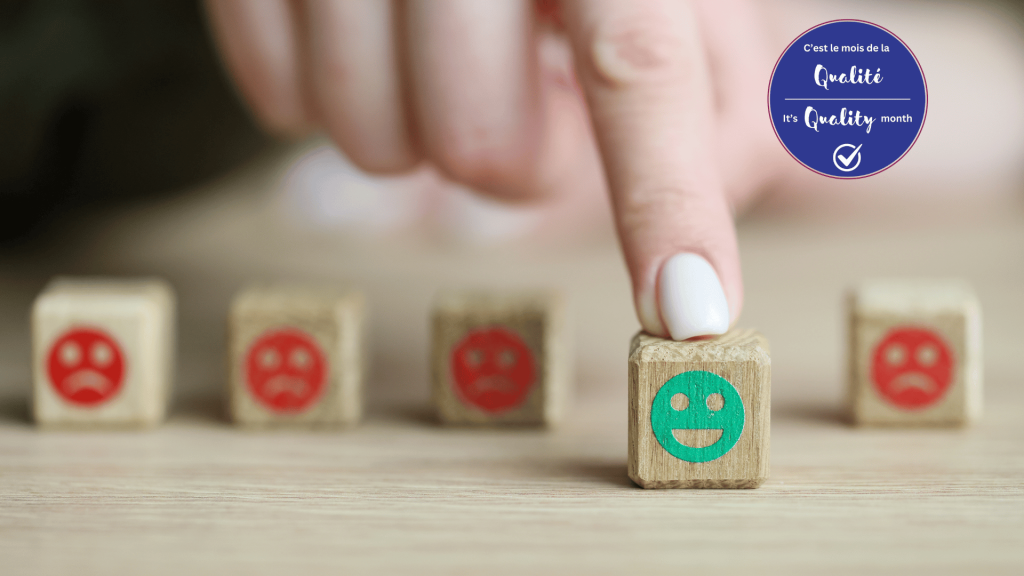
Sustainable Lean management presents elements that when linked with green business practices, can help organisations take the first steps to reaching the SDG Goals.
In 1987, the World commission on environment and development Report, also known as the Brundtland report, introduced not only the concept of sustainability but it also showed that the responsibility of making the necessary changes lies in our collective hands. Yet, 34 years later, we are facing the most important climate change crisis. We have seen record-breaking snowfall in Madrid, wildfires in Greece, Turkey, Canada and the USA, unprecedented floods in Northern Whales and North End England and in BC, Canada, to name but a few. Even with all these indicators and information, the 2020 Sustainable Development Report shows most countries political leadership and policies are not doing enough. In fact, only 6 countries have made sufficient commitments and efforts to hold global warming well below 2C and only 2 countries are on track to hold warming below 1,5C.
Learning about this led me to ask myself what can I do? Like a lot of people, I’ve changed some habits to reduce my carbon footprint. But there is so much more to do. Being trained in Lean Six Sigma, I started to research to see how these approaches could help turn the tide within organizations. Today, I will share how Lean can be a catalyst for a greener sustainable business, a concept that I’m calling Sustainable Lean.
First, let’s define Lean
I am a strong believer and proponent of Lean as a culture-oriented approach, a management system, that gives us a mission and values on which to base our activities. The principal goal is to create value for the customer by involving all employees and stakeholders in generating ideas and solutions on how to remove waste and be more efficient. And all that helps to reduce cost. When we speak of waste, we talk about excessive processing, transport, inventory, motion, defects, waiting, and unused human skills. To learn more about Lean management, take a look at our series of articles on the subject.
When we talk about Green, we are looking at reducing hazardous emissions, eliminating wasteful resources, increasing recycling when possible, and minimizing health risks and environmental footprint during the whole product life cycle. This means that it is also a culture-oriented approach where a holistic view is necessary. The wastes that are targeted in this approach are: lost people potential, emissions, soil and water contamination, excessive energy consumption, garbage, noise or nuisance, water and land contamination, and excessive water consumption.
The Lean tools
Now let’s look at some of the tools that we use in Lean. When we put in place a 5S, it helps us address and reduce over-processing, inventory, transport, motion and waiting. In turn, over processing helps us to reduce some green wastes too, like garbage, energy and water consumption, emissions, and unused human skills. Another example is when putting in place TPM, we address the wastes of over-processing, defects, waiting and unused human skills. Defects in turn helps us reduce green wastes such as garbage, energy and water consumption.

Lean forms of waste have an impact on the effects we aim to reduce in ‘green’ mode
Another basic tool that we use in Lean is the Value Stream Mapping. Traditionally, we have used this to understand production cycle time, WIP, total lead time. What if we added some components to show environmental impacts within the value stream? In fact, the US EPA has proposed that VSM can show environmental data, water usage for example, to identify opportunities for reducing over consumption and waste, as can be seen in image 2.

Visual Stream Mapping with environmental data https://www.epa.gov/sustainability/lean-environment-toolkit-chapter-3
Holistic view
Finally, both Lean and Green approaches require a holistic view of the organisation. Therefore, it is required that they are both implemented as a management system working alongside one another. It must start with the strategic planning, using Hoshin Kanri, where the organisation clearly states ambitious and clear goals to achieve environmental, social and governance targets along with value-creation and increased efficiency. In this sense value-creation is looked at with a wider perspective than our current customers, but rather value-creation for our communities. This can then help us identify gaps between our current state and our targets and, through kaizen events, put together a team who understands the operations and ESG factors to work together so that improvements are not to the detriment of one over the other, but rather that one gain leads to another. Peter Drucker said, “what we don’t measure, we don’t improve” so we must create metrics to track in the obeya that encompass not only value creation but also ESG targets to attain.
Next steps for Sustainable Lean
But what do the studies say? In fact, most studies indicate that there is still not enough data available to be able to clearly indicate that Lean and Green are providing the desired results. It stems as much as from the different approaches to Lean that exist as it does for lack of available research participants. Can we really afford to wait until further studies are conducted before we start acting in our own organisations? I think not. The climate change urgency is now and incorporating Green into our Lean culture will require vision, ambition, revision of our standards and approaches, an unprecedented team effort, and a willingness to PDCA our way to a better tomorrow.
Make your organization sustainable with Lean practices!
CONTACT US TO FIND OUT MORE!
To receive our newsletters, subscribe here.
Image by Noupload from Pixabay
Sources:
United Nations (1987) World Commission on environment anddevelopment (WCED) Report, our common future – accessed via https://www.un.org/ga/search/view_doc.asp?symbol=A/42/427&Lang=E
Dües, C.M.et al. (2013) Green as the new Lean: how to use Lean practices as acatalyst to greening your supply chain. Journal of Cleaning Production, vol.40, p.99
Marhani, M.A. et al. (2013) Sustainability through LeanConstruction approach: a literature review. Procedia Soc. Behav Sci. 2013, 101,90-99.
Zokaei, K. et al (2013) Creating a Lean and Green BusinessSystem: Techniques for Improving Profits and Sustainability. CRC Press, BocaRaton, p. 198.
Galeazzo, A. et al. (2014) Lean and green in action:interdependencies and performance of pollution prevention projects. Journal ofCleaner Production, vol. 85, p. 191-200.
Dieste, M. et al. (2019) The relationship between lean andenvironmental performance: Practices and measures. Journal of CleanerProdeuction, vol. 224, p. 120-131.
EPA (2007) The Lean and Environmental Toolkit. Accessed via: https://www.epa.gov/sustainability/environmental-professionals-guide-lean-and-six-sigma-contents-acknowledgements







